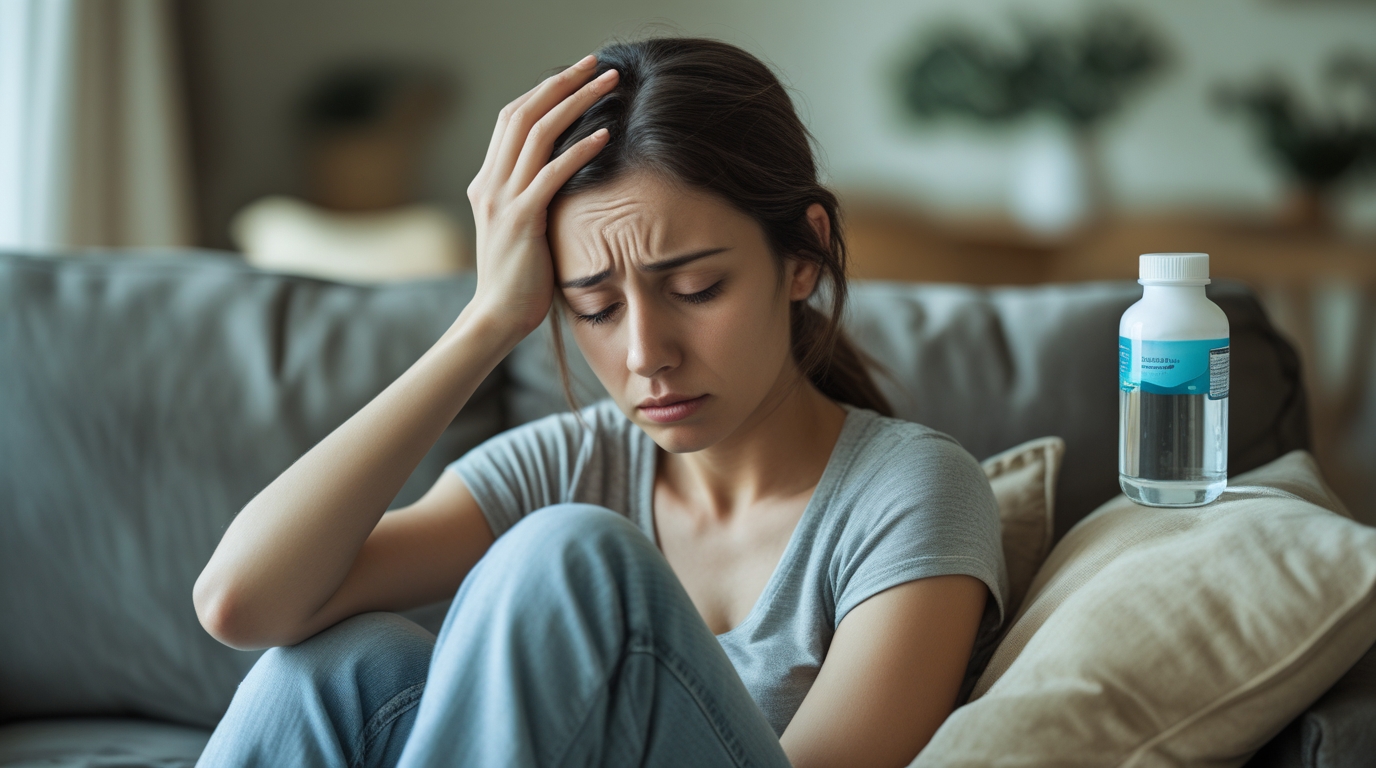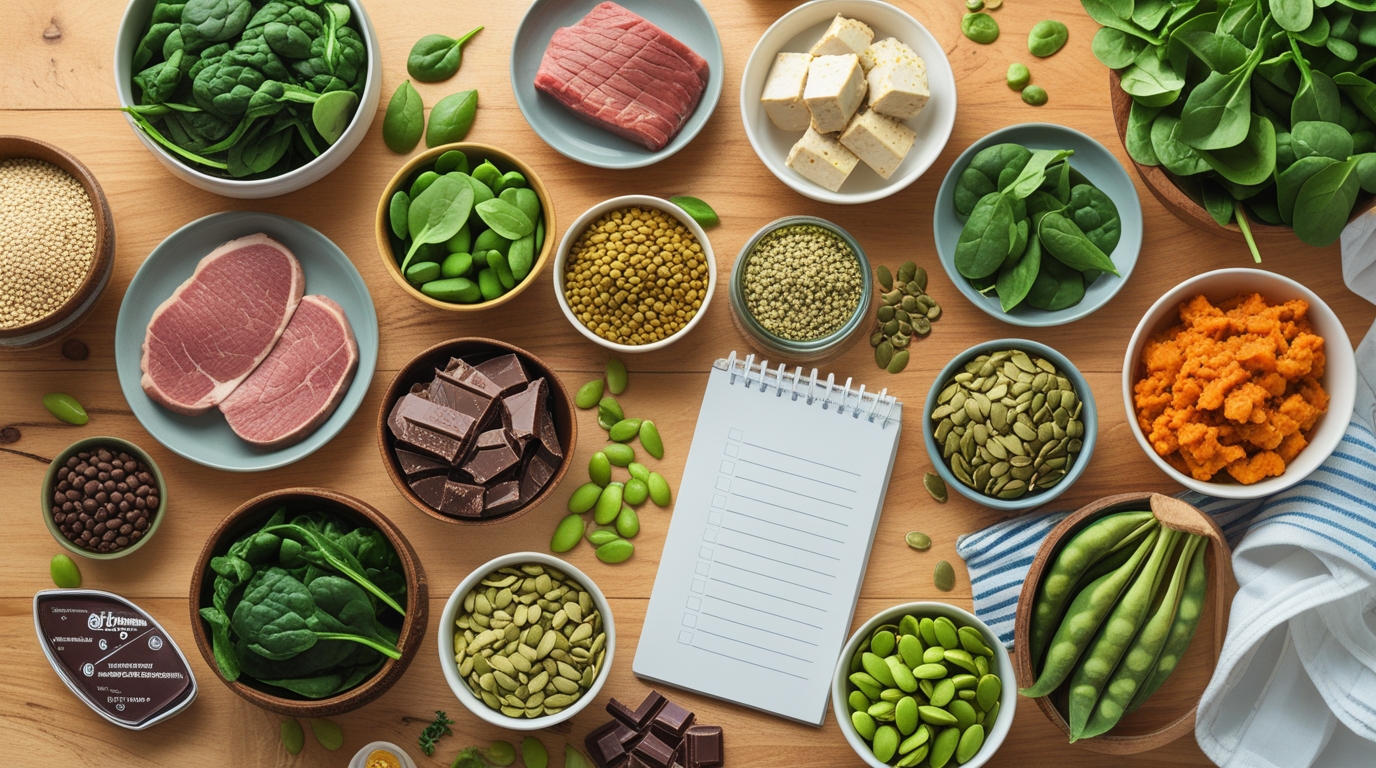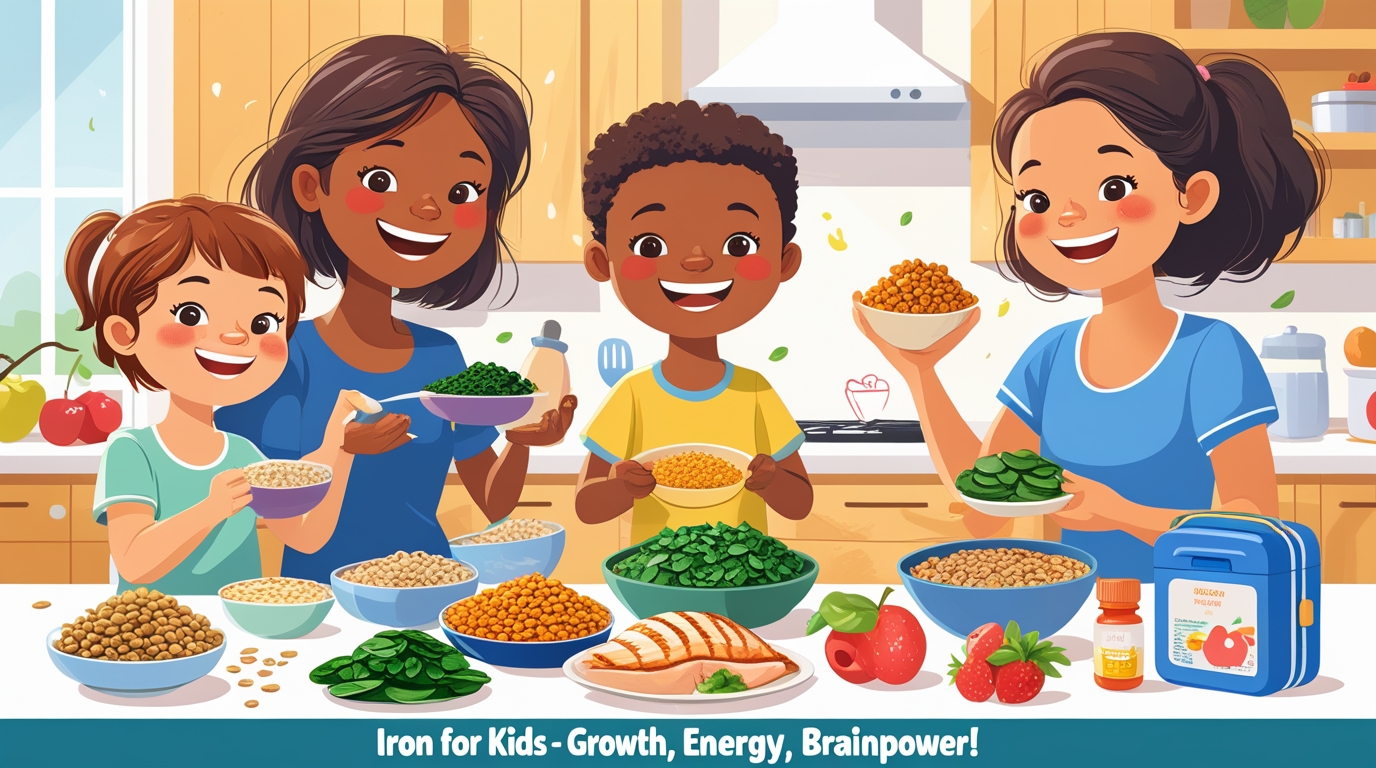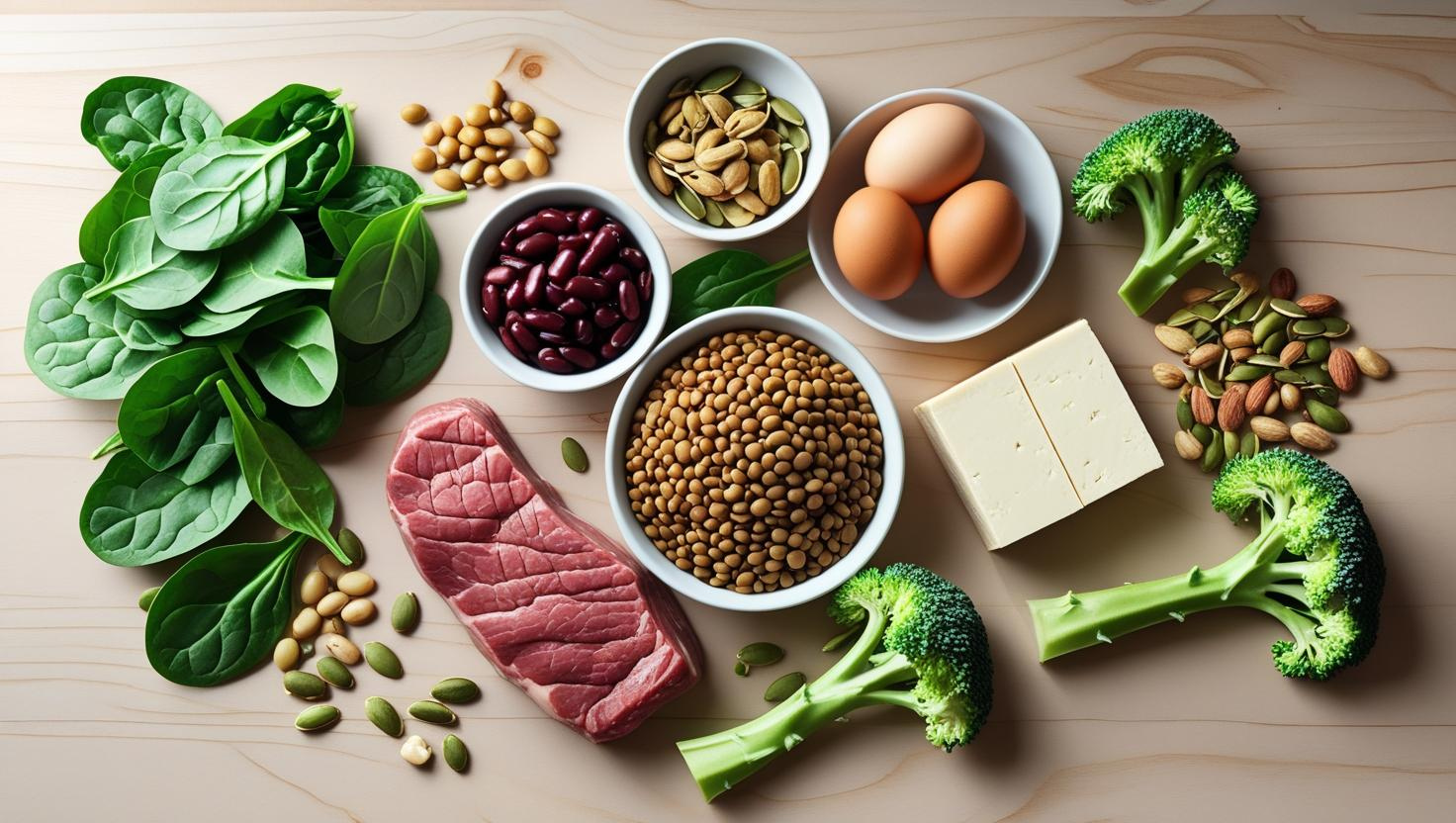Introduction
Are you feeling exhausted all the time, even after a full night’s sleep? Do you get frequent headaches or feel out of breath after climbing just one flight of stairs? These could be more than just signs of stress — they might be early signs of iron deficiency symptoms in women, a common yet often overlooked health issue that can affect energy, focus, and overall well-being.
Iron is an essential mineral that helps transport oxygen through your blood. But for women, especially those of childbearing age, low iron levels are surprisingly common. In fact, according to the CDC, about 10% of women in the United States suffer from iron deficiency, and many don’t even know it.
In this article, we’ll walk through the common and lesser-known symptoms of iron deficiency in women, when it’s time to talk to a doctor and natural ways to support your iron levels.
Why Women Are More at Risk for Iron Deficiency
Women are naturally more prone to iron deficiency due to:
- Menstruation – Monthly blood loss reduces iron stores
- Pregnancy – Increased iron demand to support fetal growth
- Diet – Low intake of iron-rich foods (especially in plant-based diets)
- Heavy periods (menorrhagia) – One of the most common causes of iron deficiency anemia
If you’re dealing with any of the above, you’re already at a higher risk, and paying attention to your symptoms is crucial.
Common Symptoms of Iron Deficiency in Women
Iron deficiency frequently develops gradually. You may not even notice the changes at first. However, symptoms become more difficult to ignore as your iron levels continue to decline.
1. Fatigue That Doesn’t Go Away – A Common Iron Deficiency Symptom in Women
Persistent tiredness is often the first noticeable sign. Even if you’re sleeping well, you may feel constantly drained.
2. Shortness of Breath
After doing some light exercise or ascending stairs, do you find yourself breathing heavily? Your muscles are receiving less oxygen when your iron levels are low.
3. Pale or Yellowish Skin
The production of hemoglobin is impacted by iron shortage, which results in dull or washed-out skin.
4. Frequent Headaches or Dizziness
Less oxygen to the brain can lead to headaches and a foggy feeling, especially during periods.
5. Cold Hands and Feet
Iron is needed for proper blood circulation. Poor circulation can lead to cold extremities, even in warm weather.
6. Hair Loss and Brittle Nails
Iron plays a role in maintaining healthy hair and nails. Sudden hair thinning or breakage may point to low iron.
7. Chest Pain or Irregular Heartbeat
In advanced cases, the heart compensates by working harder to deliver oxygen, potentially causing chest discomfort or palpitations.
8. Restless Leg Syndrome (RLS)
Women with low iron are more likely to experience uncomfortable sensations in their legs, especially at night.
When to See a Doctor
If you notice two or more symptoms, it’s time to check with your doctor. A simple blood test (CBC + ferritin test) can tell you if you’re iron deficient or anemic.
You should definitely get tested if:
- You have heavy periods
- You’re pregnant or breastfeeding
- Do you follow a vegetarian or vegan diet
- You’re recovering from surgery or illness
- You’ve been feeling persistently unwell for weeks
Natural Ways to Boost Your Iron Levels
Many women can increase their iron status by diet and lifestyle choices, while supplements may be necessary in certain cases.
1. Eat Iron-Rich Foods
There are two types of dietary iron:
- Heme iron – Found in meat, poultry, and fish. Easily absorbed by the body.
- Non-heme iron – Found in plant foods (like lentils, and spinach). Absorbed less efficiently.
Iron-rich foods to add to your diet:
- Beef, turkey, chicken liver
- Lentils, chickpeas, tofu
- Spinach, kale
- Fortified breakfast cereals
- Pumpkin seeds, cashews
- Dark chocolate (yes!)
Read more about magnesium-rich foods here
2. Pair Iron with Vitamin C
Vitamin C improves the absorption of non-heme iron. Add foods like oranges, strawberries, and bell peppers to your meals.
Vitamin D is also crucial for overall nutrient absorption — learn more here
3. Avoid These During Iron-Rich Meals
- Tea & coffee (contain tannins that block iron)
- Calcium supplements (compete with iron for absorption)
Are you getting enough calcium? Find out here
Should You Take Iron Supplements?
Supplements may be helpful if:
- Your doctor confirms a deficiency
- You’re pregnant or have heavy periods
- Your diet lacks heme iron
Recommended Iron Supplement
Solgar Gentle Iron 25mg – Non-Constipating & Vegan-Friendly (Amazon)
Always talk to your doctor before starting any supplement, especially because too much iron can be harmful.
How Iron Deficiency Affects Other Nutrients
Iron doesn’t work alone. Deficiency can disrupt your balance of:
- Calcium: May compete with iron for absorption
Read: High Calcium in Blood – What It Means for You
- Vitamin D: Plays a role in immune health and energy
See: Vitamin D Deficiency in the United States
Maintaining nutrient synergy helps prevent other imbalances.
Frequently Asked Questions (FAQs) About Iron Deficiency Symptoms in Women
1. Can iron deficiency cause weight gain?
Iron itself doesn’t cause weight gain, but low energy can lead to inactivity, which may affect your weight over time.
2. How long does it take to fix an iron deficiency?
With diet and/or supplements, most women see improvement in 4–8 weeks, but full correction can take 3–6 months.
3. Is iron deficiency the same as anemia?
Not exactly. Iron deficiency is a lack of iron, while iron deficiency anemia means your red blood cells are affected.
4. What are the most iron-rich foods for women in the U.S.?
Lean beef, turkey, chicken liver, lentils, spinach, fortified cereals, and pumpkin seeds are excellent iron sources commonly available in U.S. grocery stores.
Conclusion: Understanding Iron Deficiency Symptoms in Women
If you’re always tired, easily winded, or just not feeling like yourself, don’t brush it off. Iron deficiency symptoms in women are more common than many realize — and they’re often overlooked until they become severe.
By learning to recognize these early signs and taking steps through diet, supplements, and regular check-ups, you can regain your energy and protect your long-term health. Don’t wait until you’re completely run down — your body deserves better.
Call to Action
Have you ever dealt with iron deficiency? Share your experience in the comments below!
And don’t forget to explore more helpful content on vitamins and minerals for women’s health right here on FitFusionBlogs.
Disclaimer
This article is for informational purposes only and does not constitute medical advice. Always consult with a healthcare provider before making changes to your diet or supplement routine.



